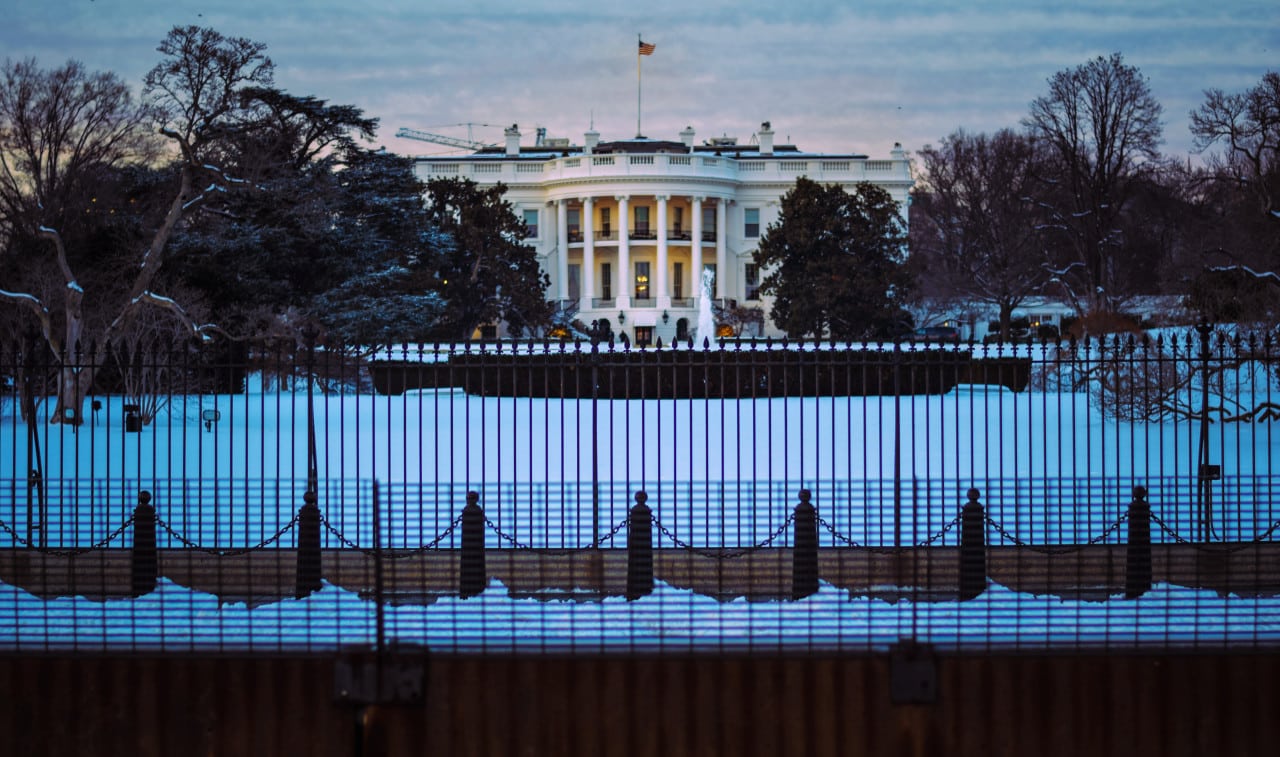
Streamlining top-level management of the Energy Department’s nuclear cleanup operation is one part of a sweeping blueprint for restructuring the federal government, which the White House Housed unveiled on Thursday.
The report, “Delivering Government Solutions in the 21st Century: Reform Plan and Reorganization Recommendations,” proposes to increase efficiency in agency operations across the federal government. That would include streamlining “the management team” at DOE Office of Environmental Management headquarters in Washington, D.C., according to the 132-page document.
“EM will specifically review supervisor-to-worker ratios, skill gaps, and cost reduction measures such as consolidating facilities and reducing administrative support,” the report says. The administration said it wants to focus on efficient, cost-effective completion of the Environmental Management cleanup mission.
The Office of Environmental Management remains charged with remediation of 16 properties around the nation, with an annual budget now of about $7 billion. It did not respond to a request for comment on the new White House plan.
Energy Communities Alliance Executive Director Seth Kirshenberg said by email Friday he didn’t know any details of a potential streamlining of EM management. He said Assistant Secretary of Energy for Environmental Management Anne Marie White had set up a team to look at issues now under her purview, but could not say whether any recommendations had been made.
Late in the Obama administration there was some reorganization of the cleanup office, with the goal of putting more managers in the field, added Kirshenberg, whose Washington, D.C., organization represents communities near DOE facilities. That shakeup consolidated seven organization silos into three and had EM field centers report to the associate principal deputy assistant secretary for field operations.
One industry source said the overall White House plan – headlined by merging the Departments of Education and Labor – “would be a colossal undertaking” that is not assured of success. Some components would require congressional approval, and there was early skepticism on Capitol Hill. The plan will set the stage for discussions going forward, the source said.
Streamlining Cold War cleanup at DOE is doable but won’t happen with the snap of the fingers, the source added. Environmental Management office reorganizations can be done without congressional approval, but any sweeping effort that angers lawmakers can “get your budget whacked,” he added.
The Trump administration has already realigned the EM operation to some degree. An Energy Department reorganization announced in December moved Environmental Management out of the Office of the Undersecretary for Management and Performance and instead had it report to the Office of the Undersecretary of Science.
The primary change proposed for the Energy Department would merge applied energy research programs – including nuclear, renewable, and fossil fuel research — into a new Office of Energy Innovation. The administration hopes this would lead to quicker commercialization of new technology. The Advanced Research Projects Agency-Energy (ARPA-E) would be folded into this new office.
The document proposes to consolidate certain hazardous materials programs now in the Interior and Agriculture departments into the Environmental Protection Agency’s Superfund program. This would have EPA manage Superfund work on old mine sites both on federal and private land. Energy Department cleanup programs such as the Paducah Site in Kentucky and the Livermore Site in California are Superfund sites.
The laundry list of restructuring moves would refocus agencies around their mission and customers; make the most of limited resources; increase management accountability; and improve communication, the administration said in the document.
“Nearly every new administration has sought to enhance and streamline the Government bureaucracy,” according to the introduction to the document. This includes recent White Houses run by presidents Jimmy Carter, Ronald Reagan, Bill Clinton, George W. Bush, and Barack Obama, the report notes.
In April 2017, the Trump administration had agencies submit reform proposals to the Office of Management and Budget (OMB). Some of the proposed changes were included the fiscal 2019 budget plan.